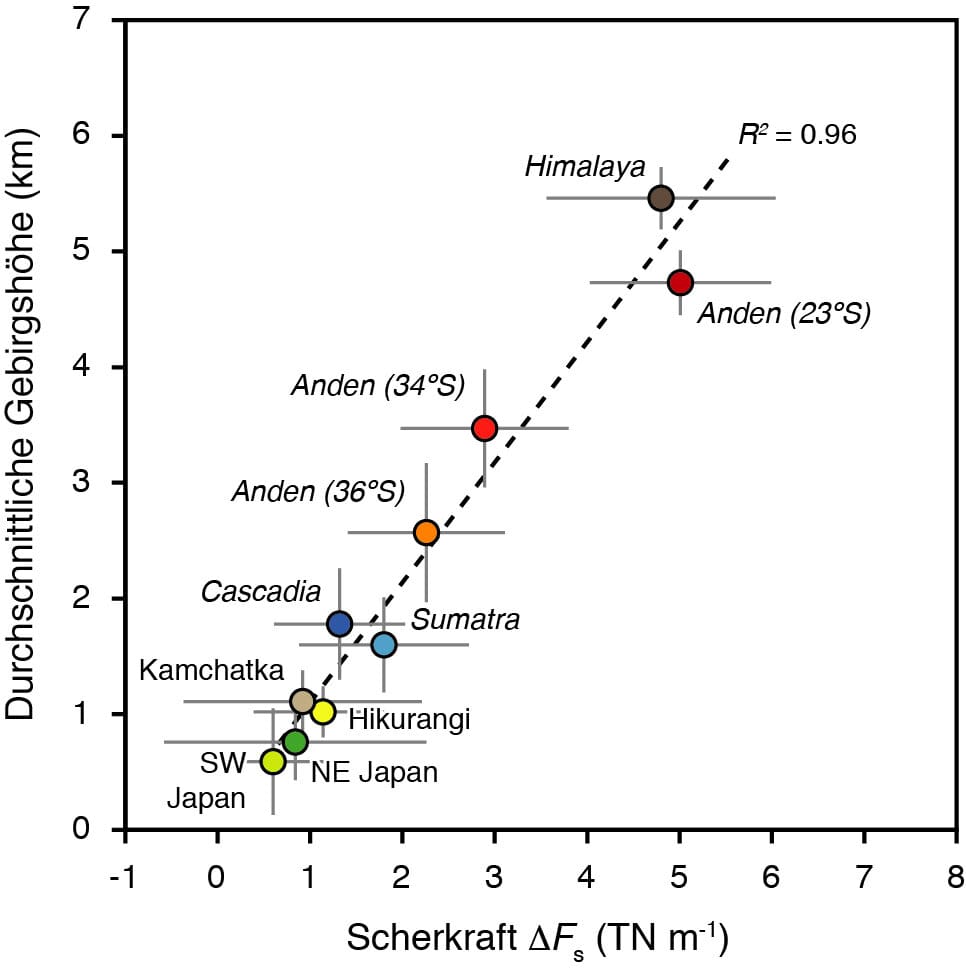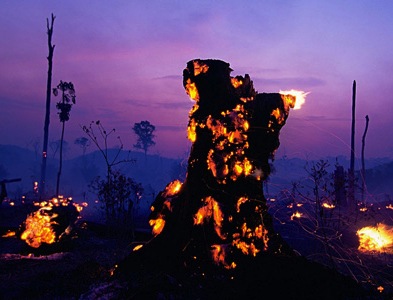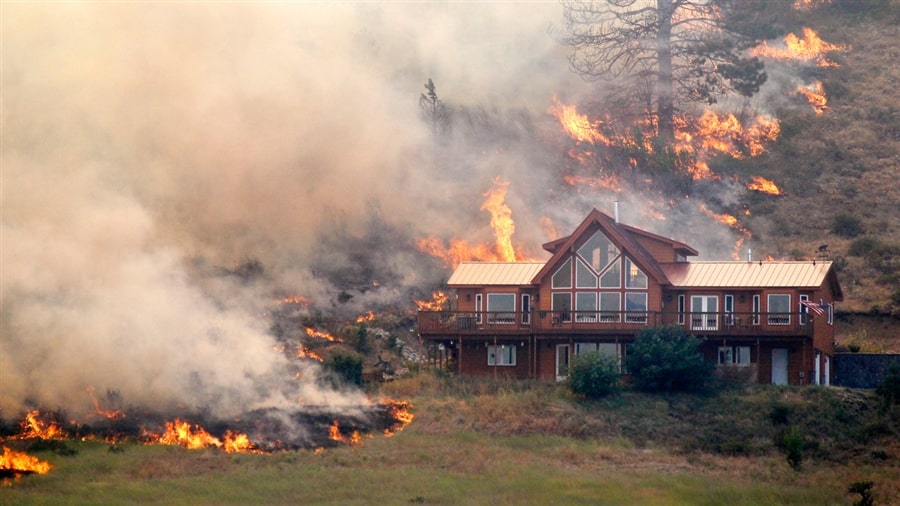
A new study published earlier this month suggests convergent plate boundaries are the sole contributor to a mountain’s height. It was previously believed that these convergent plate boundaries pushed up the crust as one plate was subducted beneath the other (this is still true). After the mountain was formed it then started to weather and erode becoming shorter as it succumbs to the forces of nature.
Below are the three types of convergent plate boundaries. For all three types, earthquakes occur when the two plates move against each other. Volcanoes also occur near plate boundaries due to the subducted plate melting and the magma rising to the surface.
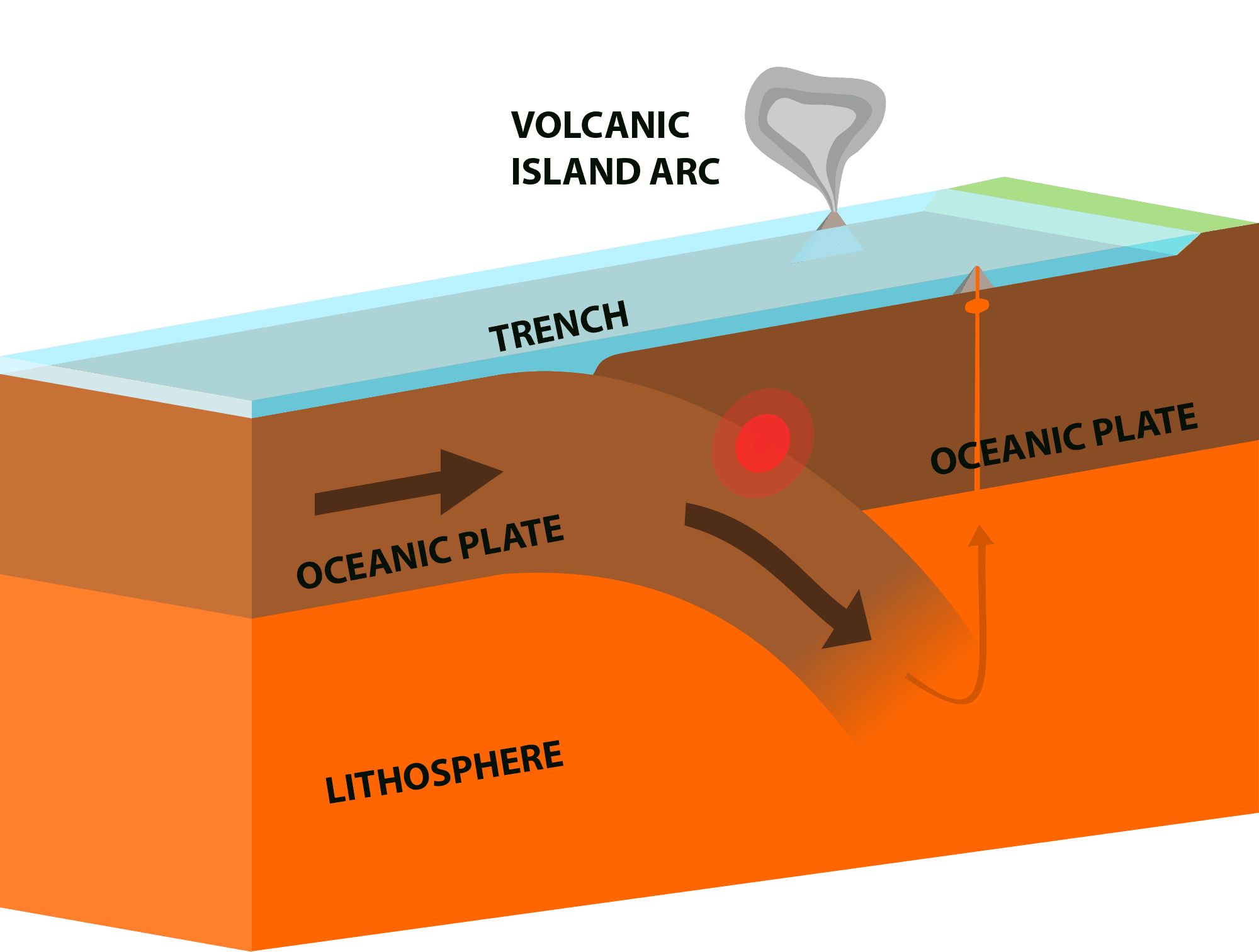
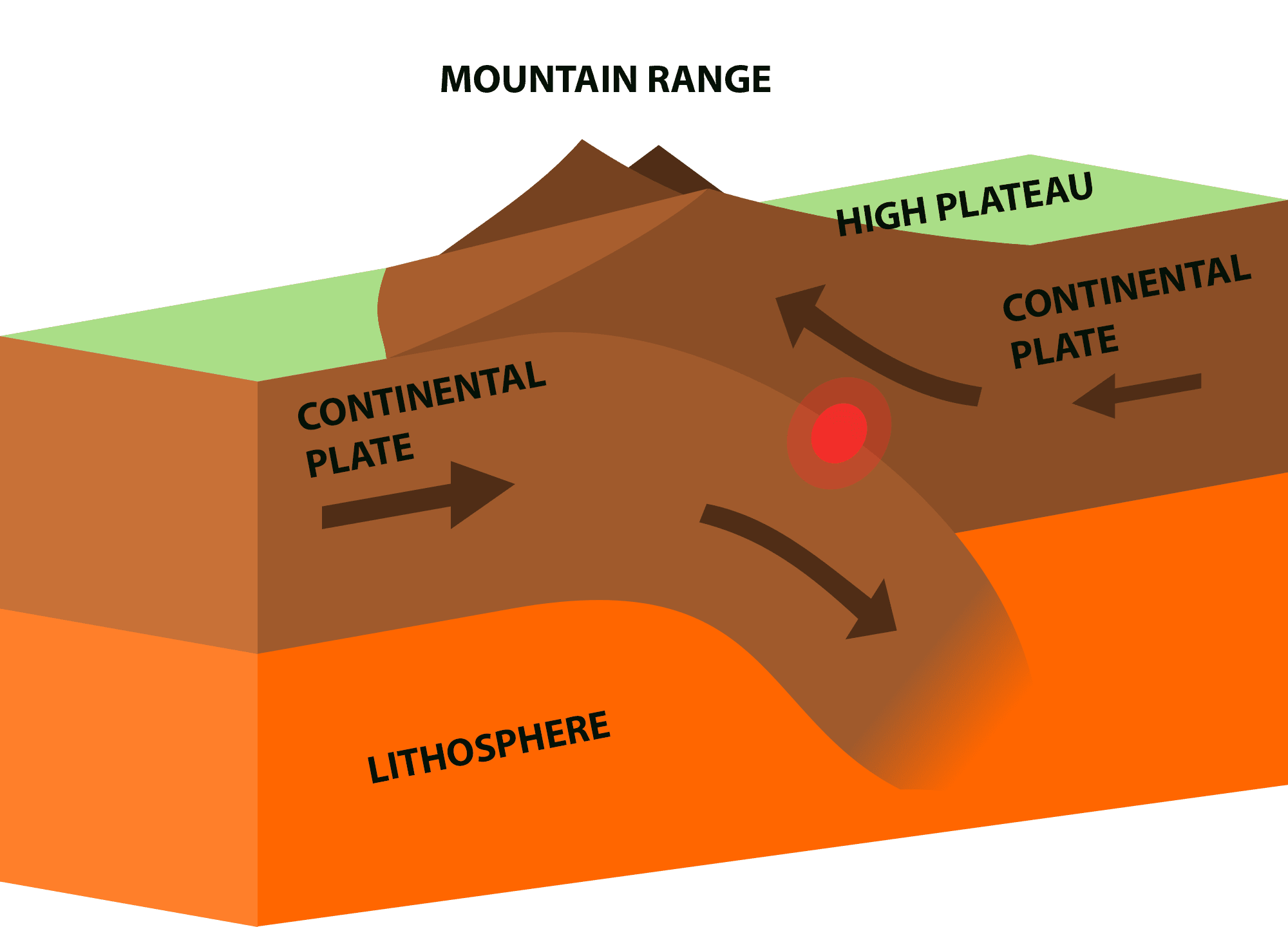
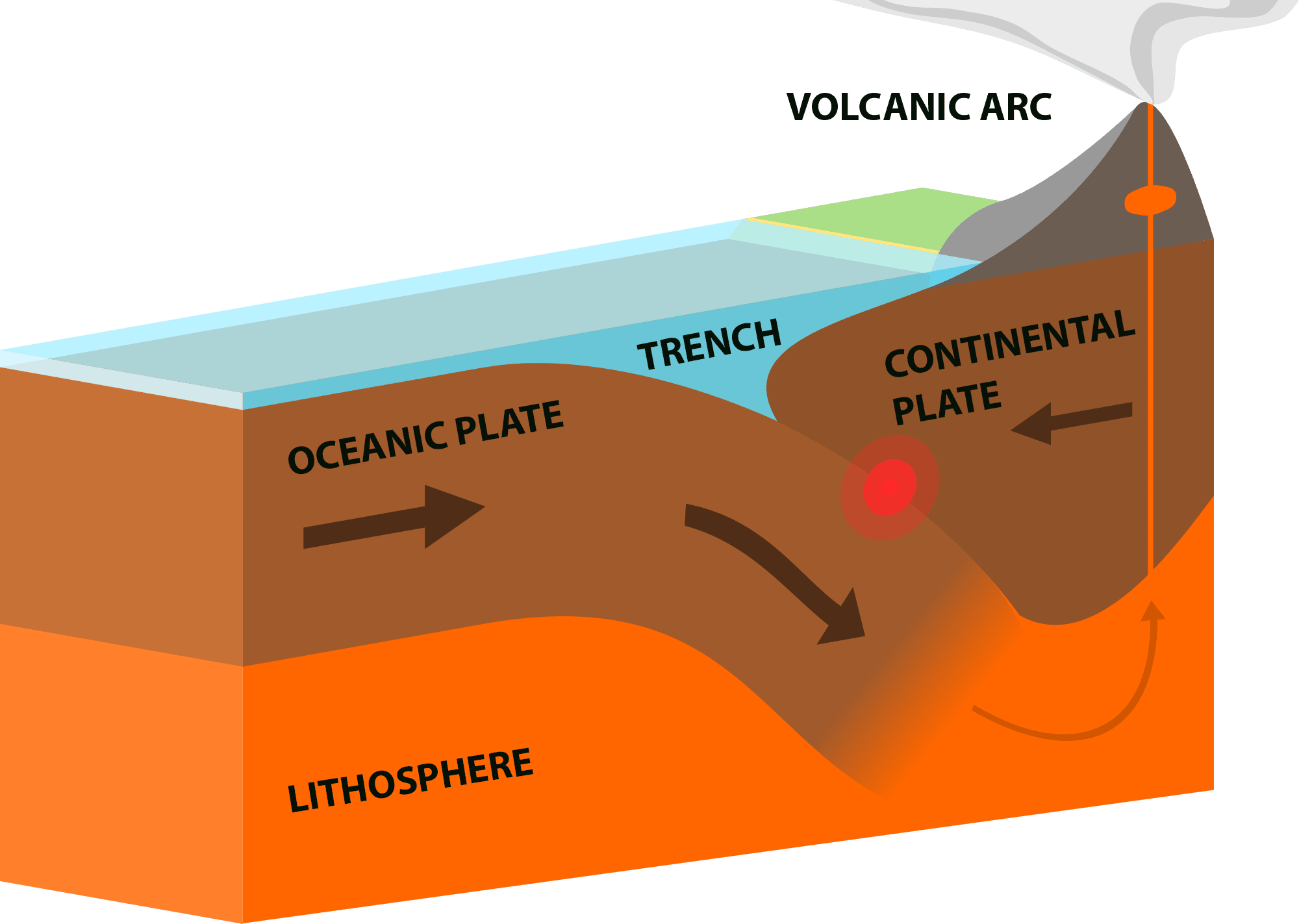
In the early 20th century many scientists believed that the continents “drifted” around over time, but it was not until the mid-1960s that the theory of plate tectonics was able to be fully explained. Since Earth’s tectonic plates shift at different velocities and directions some boundaries between them are on a collision course. This convergence is like two cars smashing into each other and the hoods of the cars are the crust. As the cars collide the hoods crumple and “mountains” are formed.
Researchers, from the GFZ German Research Centre for Geoscience and the University of Münster in Germany, believe forces in the crust determine a mountain’s maximum height, not erosion and weathering. They collected data on friction in the subsurface of mountain ranges of varying heights (Himalayas, Andes, Sumatra, Japan). The stress and therefore force could then be calculated to determine uplift. Once the uplift could be determined they were able to show the forces from the height and weight of the mountains were in balance with the force on the plate boundaries.
- Related: Scientists Fina a Massive Unknown Structure in Earth
- Related: 6.5 Magnitude Idaho Earthquake Releases Avalanches in Sawtooth Mountains
Even though mountains are located in many different climates with differing rates of erosion the balance of forces in mountains always exists. The study concludes that “mountain ranges are able to react to processes on the Earth’s surface and to grow with rapid erosion in such a way that the balance of forces and the height of the mountain range are maintained.” With these new findings on orographic creation, it is expected that the long-term growth and development of mountains will be studied in the future.
